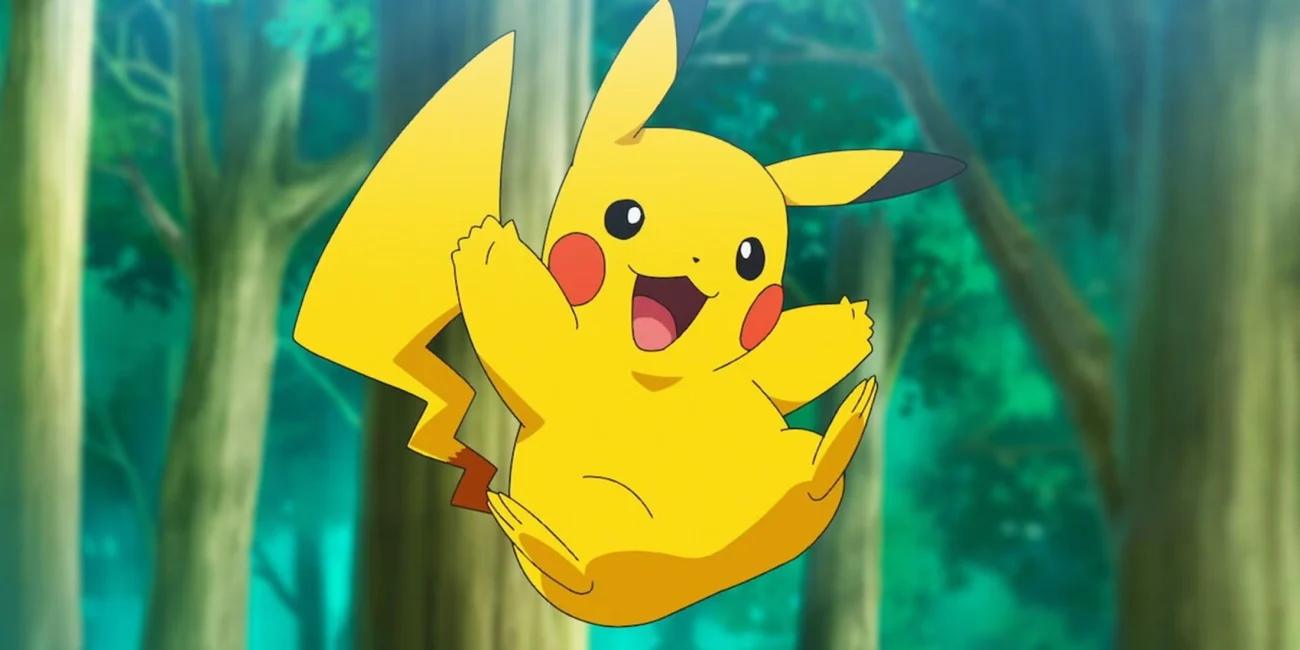
Pikachu is an Electric-type Pokémon that first appeared in Generation I. It’s become the main mascot for The Pokémon Company and is used extensively to represent the franchise. You’ll find Pikachu in the core video games, spin-off titles, the trading card game, animated series, movies, on merchandise, at events, and in promotional materials – making it one of the most recognizable characters in the entire Pokémon world.
This creature is designed with cheek pouches that hold bioelectricity, a tail resembling a lightning bolt, and a small, rodent-like body. This allows it to live in both forest and power-plant areas in many different games. Pikachu is often available through the main story and special events, meaning players interact with it in various ways-through items that cause it to evolve, items it can hold, breeding, different regional variations, raid battles, and even contests or costume changes.
Signature Electric Abilities
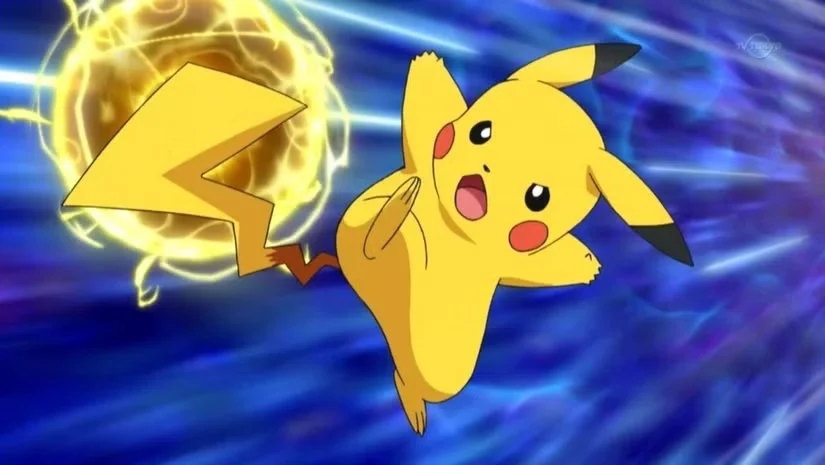
Pikachu releases electricity it stores in its cheeks. In the games, this is shown through Electric-type moves like Thunderbolt and Thunder, which can hit one opponent or affect the entire field, depending on the game’s rules. Electric attacks are very effective against Water- and Flying-type Pokémon, but Ground-type Pokémon are completely resistant unless special conditions or the move itself changes how it targets.
Pikachu’s standard Ability is Static, causing paralysis upon contact. Its Hidden Ability, Lightning Rod, draws Electric-type moves aimed at other Pokémon to Pikachu instead, and boosts Pikachu’s Special Attack when it does so. Both of these Abilities impact which Pokémon moves target and the resulting status conditions in both single and double battles, offering reliable, predictable effects that teams can strategize around.
Evolution and Regional Variants
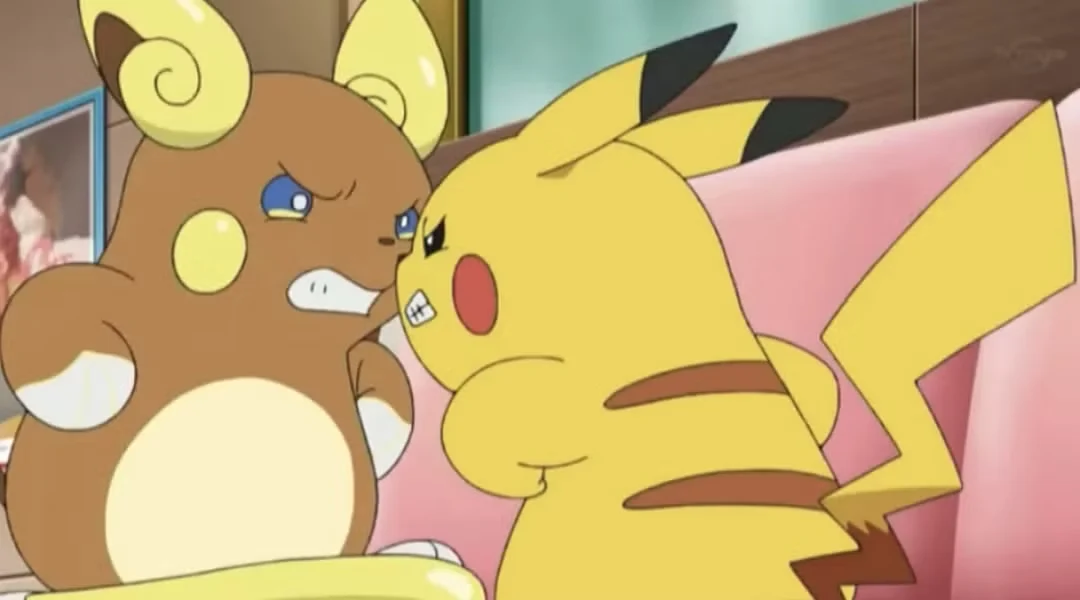
Pikachu begins as Pichu, developing into its next form when it reaches a high level of friendship. It can then evolve into Raichu by using a Thunder Stone. However, in the Alola region, a Thunder Stone will instead create Alolan Raichu, which is a different form with the additional Psychic type and unique stats. This means that from the same Pikachu, you can achieve two different final evolutions.
If you breed a Pikachu or Raichu while it’s holding a Light Ball, you might get a Pichu that already knows Volt Tackle. This is a powerful Electric-type physical attack that’s unique to the Pikachu family and passed down through breeding. Since Pichu doesn’t learn Volt Tackle by leveling up normally, getting this move relies on using the Light Ball during breeding and choosing the right parents.
Game Stats and Battle Roles
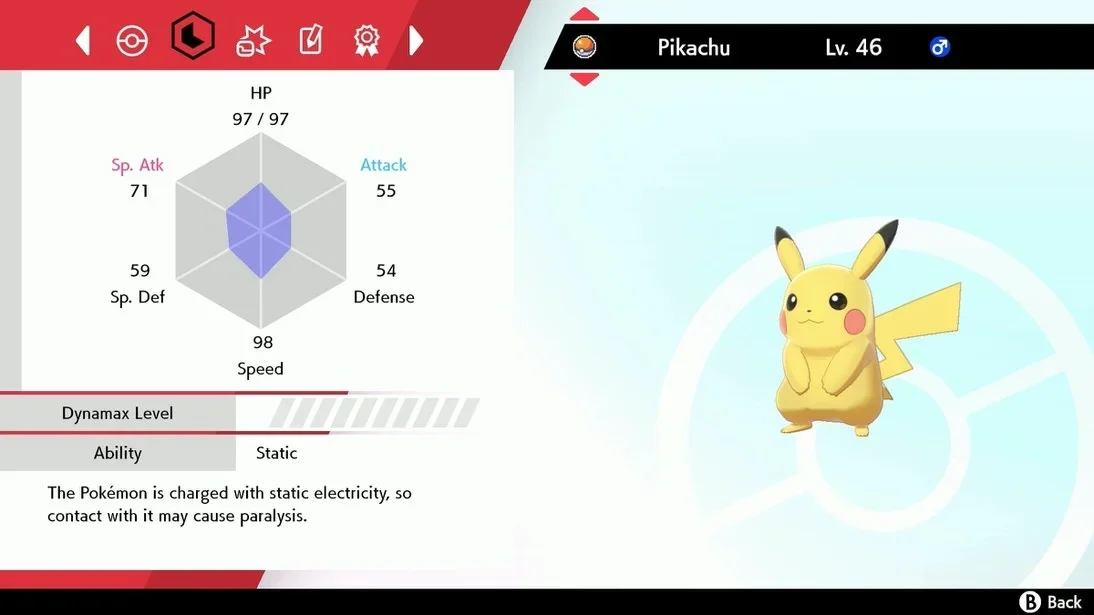
Pikachu is known for its high Speed, letting it often move before other Pokémon in most battles. However, its HP and defenses are relatively low. The item Light Ball significantly boosts Pikachu’s Attack and Special Attack, greatly increasing the power of moves like Thunderbolt, Volt Tackle, and other coverage moves. Many players use Focus Sash to help Pikachu survive attacks that would normally knock it out, leaving it at 1 HP instead.
Pikachu can learn moves to help it switch out of battles, like Volt Switch, or disrupt opponents with status conditions like paralysis using Thunder Wave or Nuzzle. It can also use Encore in games where it can learn it through TMs, tutors, or breeding. The coverage moves Pikachu can learn have changed over time depending on the game and how the game is distributed; for instance, special event Pikachu have sometimes known moves like Surf or Fly, and Grass Knot has been available through TMs in many games.
Ash’s Partner in the Anime
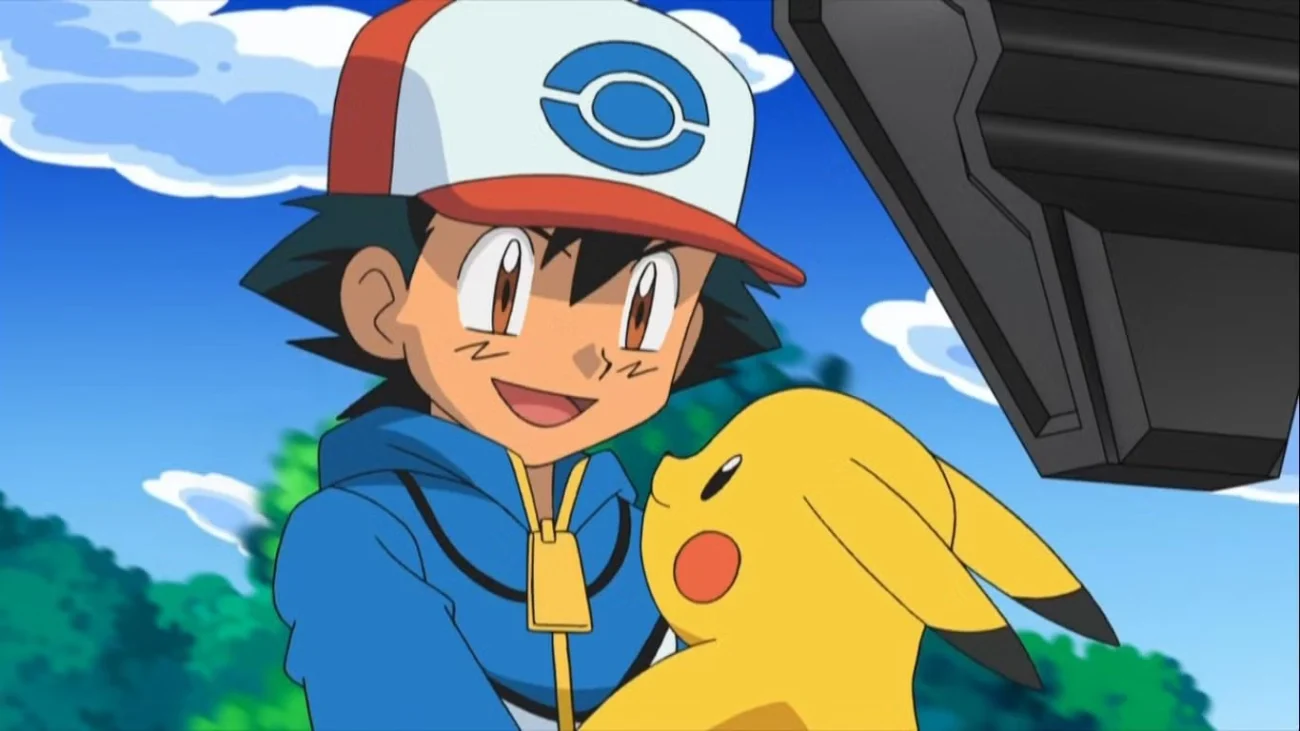
Throughout the ‘Pokémon’ anime, Ash’s Pikachu is a constant companion across different regions and types of competitions. It visually explains how battles work, what gym challenges are like, and how leagues are structured. Over time, Pikachu has learned new moves – like Thunderbolt, Iron Tail, Quick Attack, and Electro Web – through training and as the series has evolved, always reflecting the latest game mechanics and battle rules. These changes are clearly shown in various episodes.
The anime features storylines where a Pokémon specifically chooses not to evolve, even when offered a Thunder Stone. It also shows participation in competitions – both local and global – that reflect changes and updates seen in the Pokémon video games. These events serve as a way to introduce new aspects of battling, like fresh gimmicks and official rules for tournaments. Furthermore, the anime highlights interactions with characters who embody different organizations, leagues, and research facilities.
Global Mascot and Cultural Impact
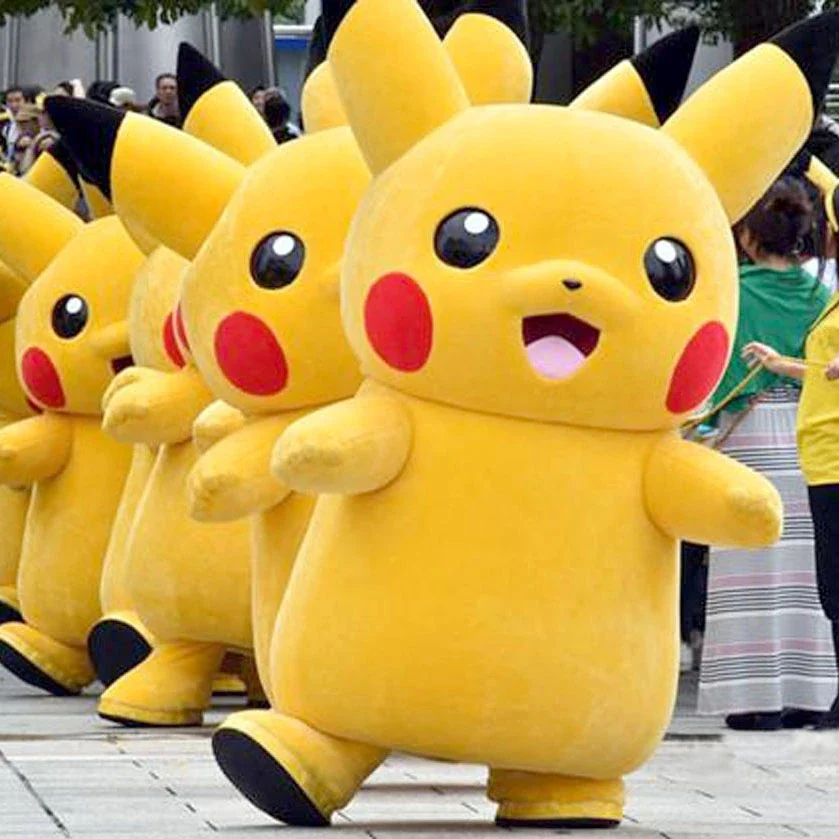
Pikachu is the main face of the Pokémon brand, used in marketing, events, official competitions, and partnerships with other companies. You’ll find it on special airplane designs, in parades, in themed stores, and even in educational programs. This helps link new products and public events to a recognizable character, creating a consistent brand image.
Due to this prominent role, Pikachu appears in announcements, artwork for each new generation of games, and promotional materials for games, movies, and big community events. This consistent presence means that new releases and special offers frequently showcase Pikachu, helping new players get started and letting long-time fans know about limited-time content.
In-Game Availability and Habitats
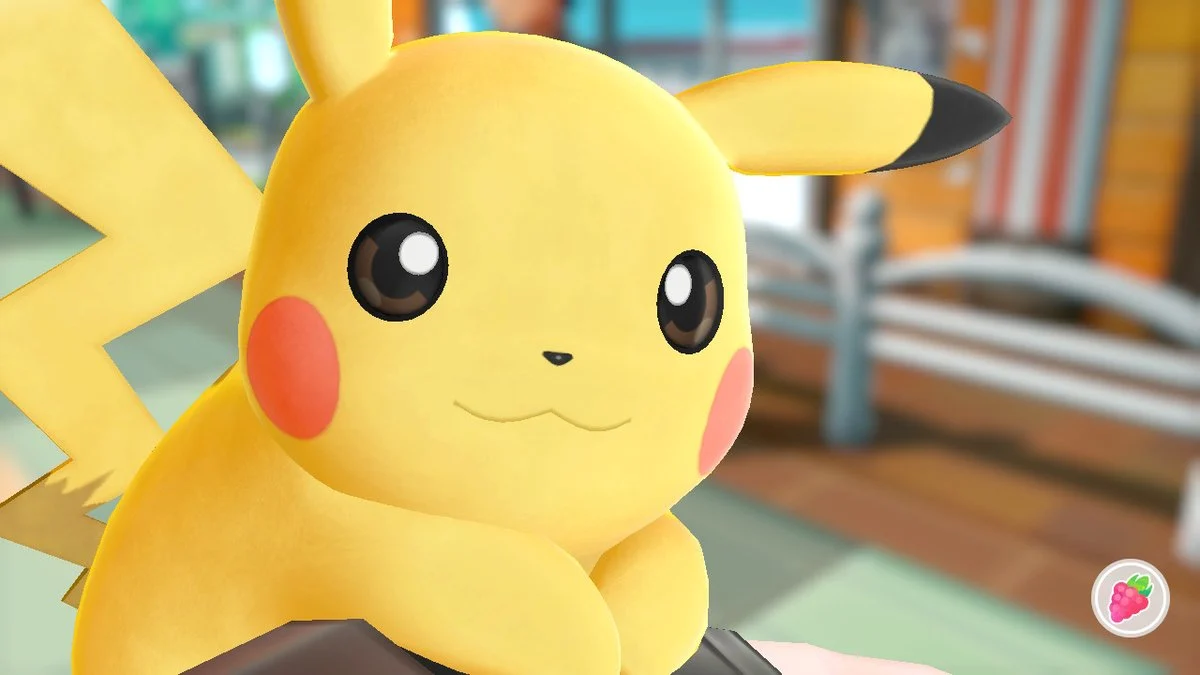
In most core Pokémon games, you can often find Pikachu early on in forests, places related to electricity, or through special encounters, usually before or around the middle of the game. He’s also available through regional Pokédex information, appearing naturally in the overworld in some games, showing up in raids when those are available, and through outbreak or mass-spawn events in games that feature them.
Ways to obtain Pikachu include finding it in roles similar to starter Pokémon in some games, through chance encounters reminiscent of the Safari Zone or ‘Friend-zone’ in older titles, and by participating in Tera or Max Raid battles when those features are available. This means players can often add Pikachu to their Pokédex and build teams around it without needing to complete the main story first, in many different game versions.
Gigantamax and Other Special Mechanics
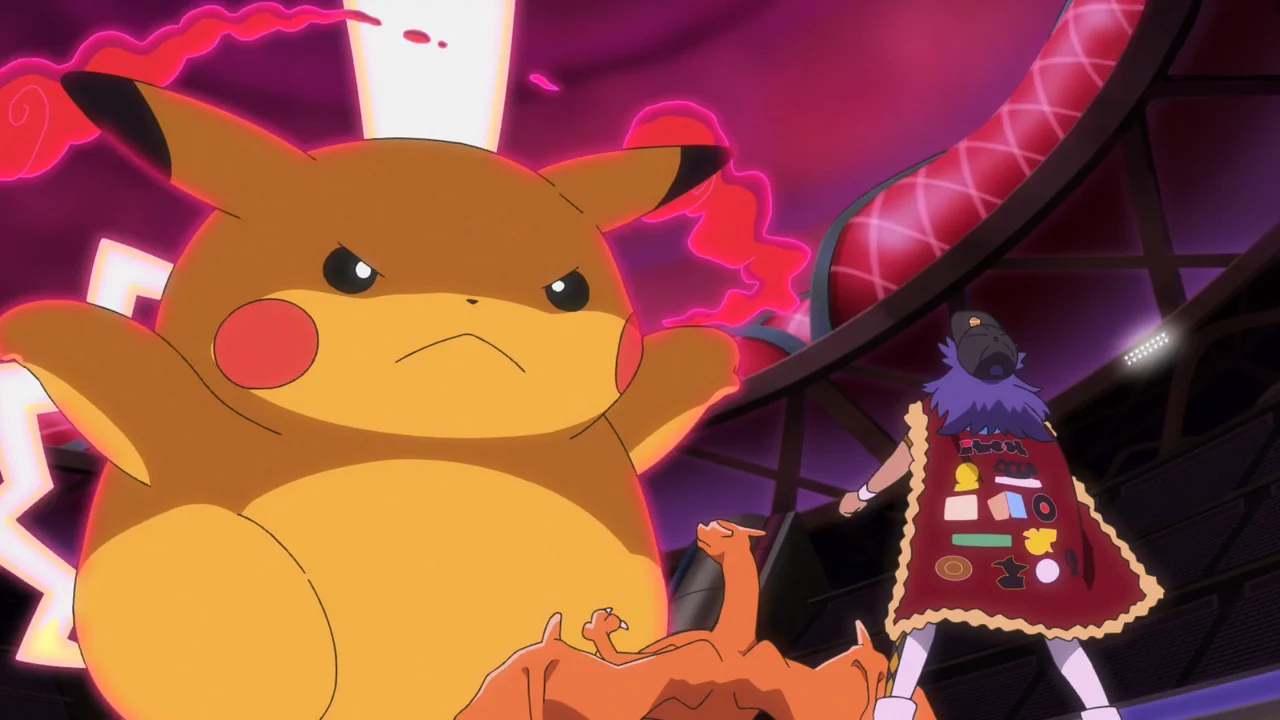
In Pokémon Sword and Shield, certain Pikachu can transform into a unique Gigantamax form, gaining access to the powerful G-Max move, G-Max Volt Crash. This move deals damage and has a chance to paralyze opposing Pokémon. Gigantamax Pikachu was originally available through special bonuses tied to save data and during limited-time event raids.
Pikachu can also use special moves unique to certain games, like the Z-Move Catastropika when it’s holding a Pikanium Z in games that feature Z-Moves. These abilities are only available for a limited time, depending on what’s available in the game, when items are distributed, or the rules of different battle types.
Event Distributions and Special Forms
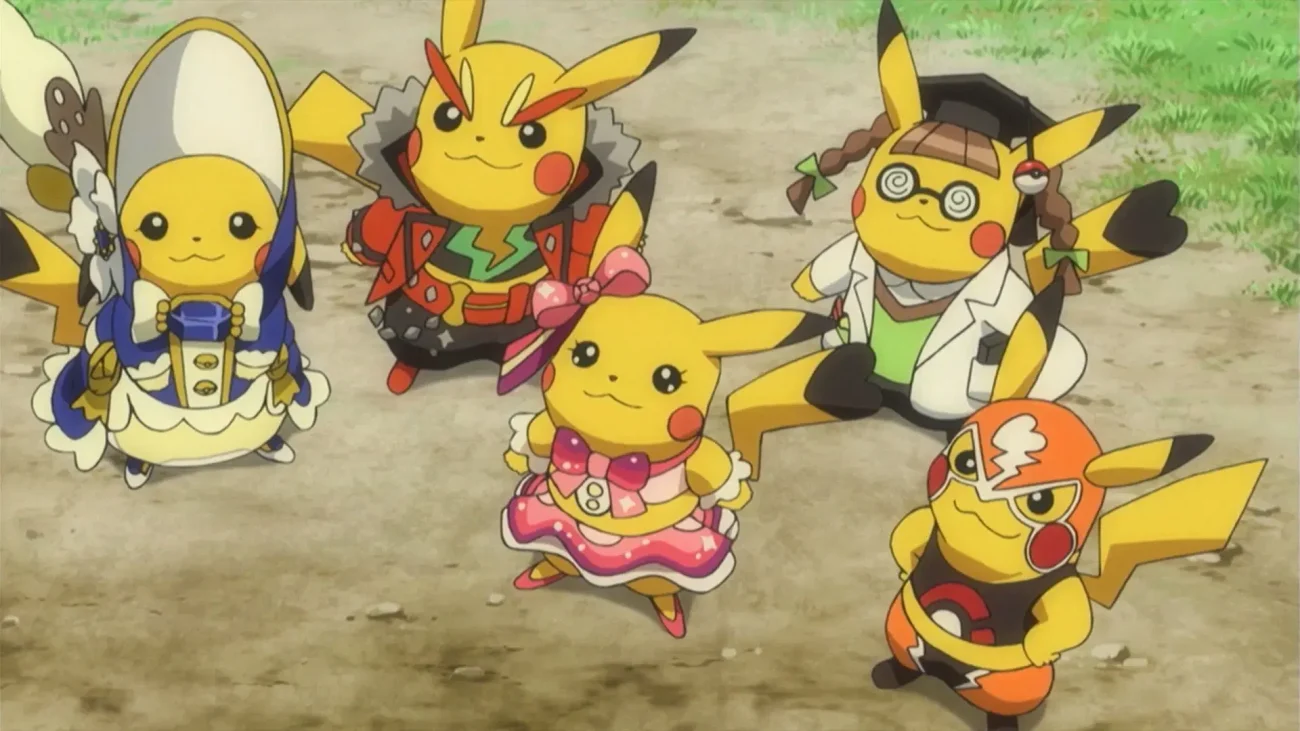
Pikachu has been given out many times as a special, limited-time offer, often with unique moves or appearances you couldn’t get by simply playing the game and leveling up – like Pikachu that knows Surfing or Flying. These giveaways have celebrated things like anniversaries, important moments in competitive play, movie releases, and special events in different regions. Each distribution had specific dates, ways to redeem it, and information about where it originally came from.
Different versions of Cap Pikachu are designed to look like Ash’s hats from various seasons of the anime, and each one has its own special model and trainer information. The Cosplay Pikachu featured in ‘Pokémon Omega Ruby and Alpha Sapphire’ wears outfits based on Contest types. Each outfit gives Pikachu a move that’s useful in that contest, along with a specific appearance.
Trading Card Game and Competitive Presence
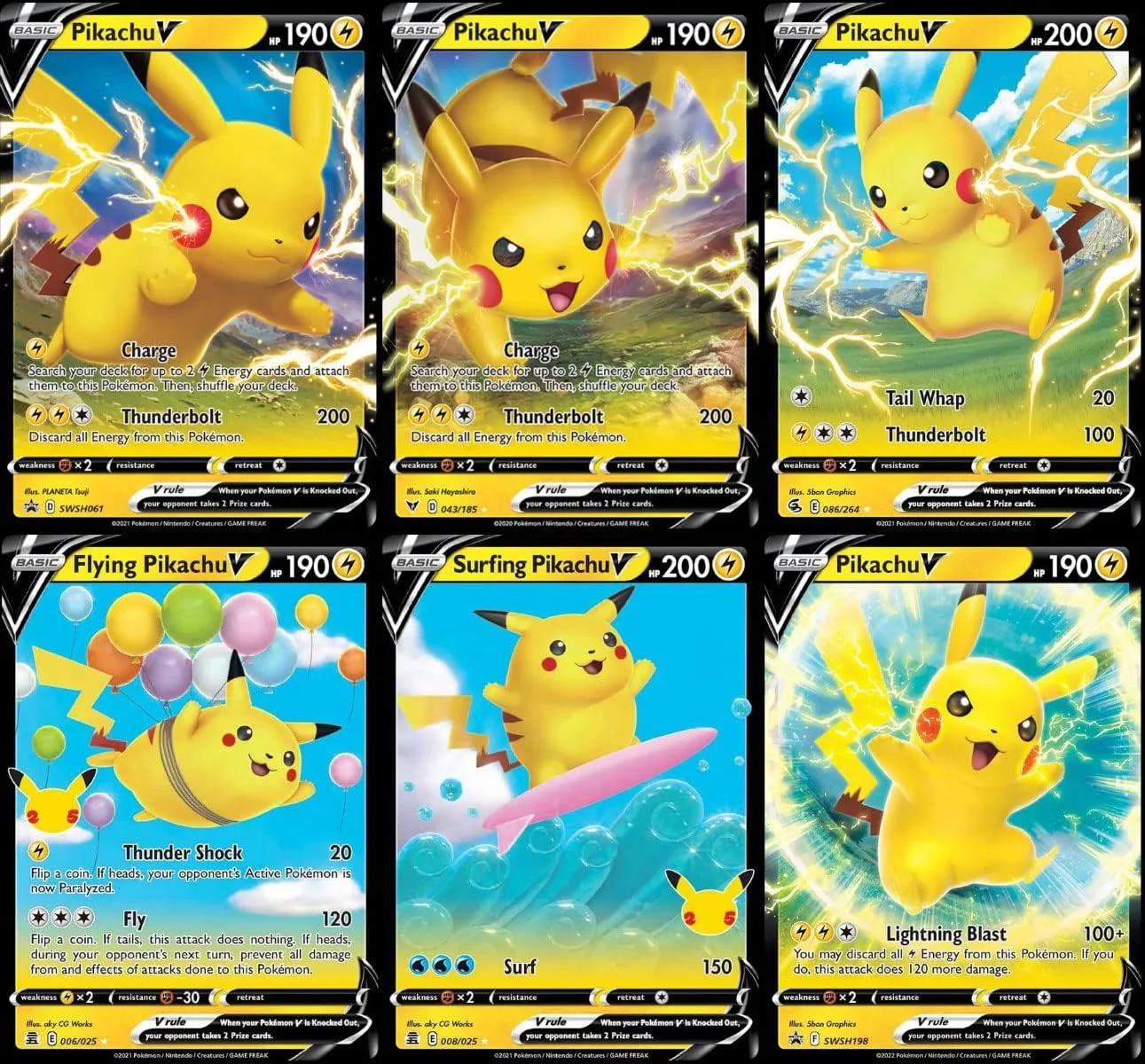
Within the Pokémon Trading Card Game, Pikachu appears on cards from many different time periods, each with unique abilities. These range from simple attack cards to special promotions and beautifully illustrated full-art versions. How much a card is worth depends on how many were printed, how rare the set is (shown by symbols on the card), if it was only available at special events, and the artwork itself. Some cards become especially valuable because they were used by champions in tournaments or feature one-of-a-kind illustrations.
When judging how well the Pikachu family performs in the Trading Card Game, players look at how much damage they deal, how much energy they need, how well they work with helpful cards in the current Standard or Expanded format, and how they evolve into different forms of Raichu. New printings and updated card designs sometimes bring this family back into strong deck strategies, especially when the available cards and game rules allow for effective combinations.
Detective Adventures Across Media
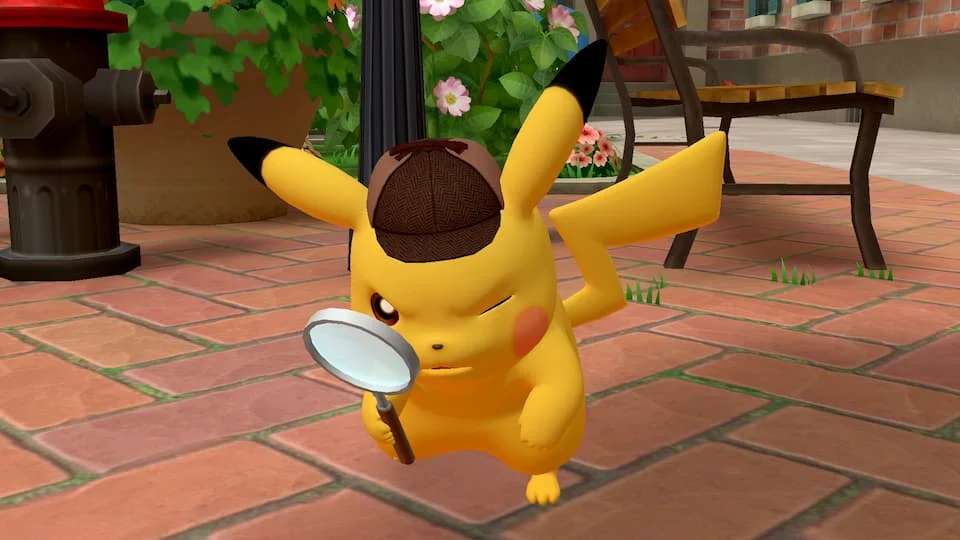
The ‘Detective Pikachu’ video game series focuses on solving mysteries. Instead of battling, you move forward by examining environments, collecting clues, talking to witnesses, and using logical thinking. The game keeps track of which cases you’ve solved, and gameplay involves both exploring areas and making choices in conversations to help you progress through the investigations.
The live-action movie ‘Detective Pikachu’ uses the same basic detective story structure as the game, but expands it into a full-length film. It’s set in a city where people and Pokémon live together, and the story cleverly incorporates how these partners work together, the city’s layout, and how different Pokémon species interact. Both the game and the film show how the same character idea can be adapted for different formats, using gameplay mechanics that fit each platform.
Share your thoughts on which Pikachu detail surprised you most in the comments!
Read More
- Silver Rate Forecast
- Красный Октябрь акции прогноз. Цена KROT
- Gold Rate Forecast
- Nvidia vs AMD: The AI Dividend Duel of 2026
- Dogecoin’s Big Yawn: Musk’s X Money Launch Leaves Market Unimpressed 🐕💸
- Bitcoin’s Ballet: Will the Bull Pirouette or Stumble? 💃🐂
- Navitas: A Director’s Exit and the Market’s Musing
- LINK’s Tumble: A Tale of Woe, Wraiths, and Wrapped Assets 🌉💸
- Can the Stock Market Defy Logic and Achieve a Third Consecutive 20% Gain?
- Solana Spot Trading Unleashed: dYdX’s Wild Ride in the US!
2025-10-04 06:16